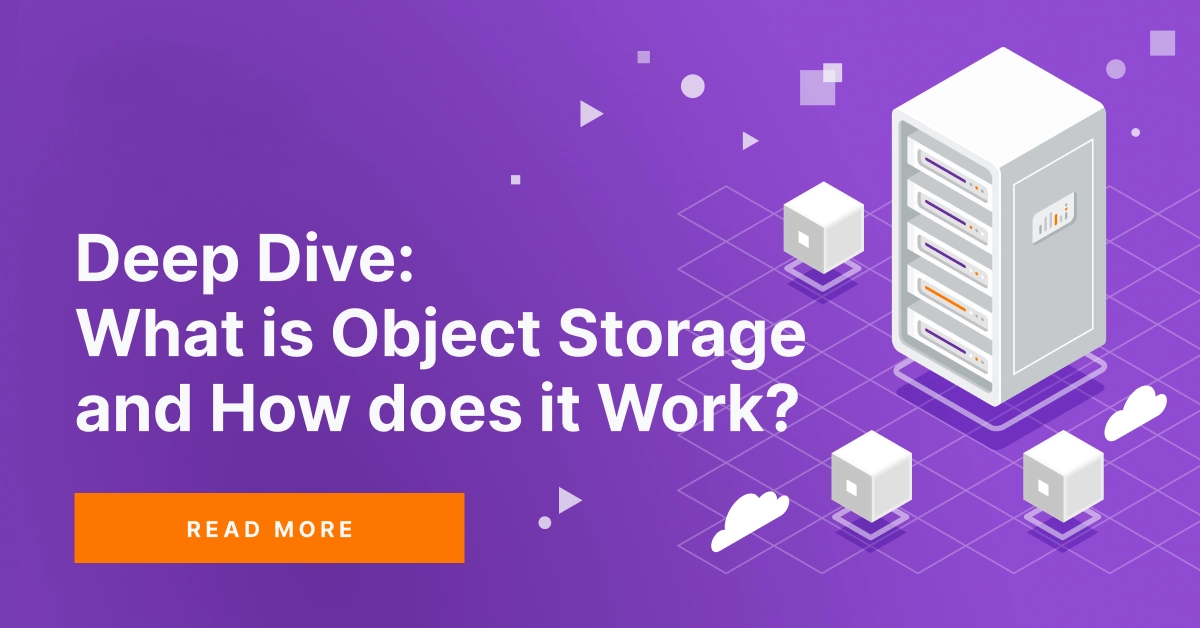What is object storage?
Object storage, also called object-based storage, addresses and manipulates data storage as discrete units called objects. Objects are kept inside a single repository and are not nested as files inside a folder inside other folders.
To better understand object storage, it helps to understand file and block storage, two common ways data can be stored.
File vs. Block vs. object storage
File storage stores data as a single piece of information inside a folder to help organize it with other data. This method, called hierarchical storage, emulates how we store paper files. When you need to access data, your computer system needs to know the path to find it.
Block storage breaks a file into individual data blocks and then stores the blocks as separate pieces of data. A storage system can do this without having a file-folder structure because each data block has a unique address. This allows a storage system to spread the smaller blocks of data wherever in the storage system it finds most efficient. The storage system software pulls the necessary blocks together to assemble the file whenever accessed.

This metadata is crucial to the value of object storage versus other methods of storing data. Because a user can define metadata, it allows for all manner of analytics on the use and function of data within the storage pool.
Advantages and disadvantages of object storage:
Object storage technology is particularly enticing for companies that provide storage services because of the greater possibilities for data analytics and the ability to store an object anywhere within a distributed data pool. Amazon S3, the largest cloud storage provider, and most of its competitors use object storage.
In addition to the ability to perform custom analytics on data use, object storage’s flat address space allows users to quickly scale it by adding more storage to the pool.
Object storage does have its disadvantages. It is generally slower than a file or block storage system, like scale-out network-attached storage (NAS). Object storage is a poor choice for applications requiring rapid and frequent data access, like financial systems.

Recently, vendors have made the difference between file or block storage on NAS and object storage less of an issue with universal or unified object storage. A vendor uses a NAS-like software front end that presents an object storage pool as though it was NAS to the user.
As the commodity hardware commonly used in object storage improves speed and more vendors adopt universal storage, object storage will find more uses beyond the cloud.

